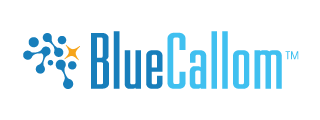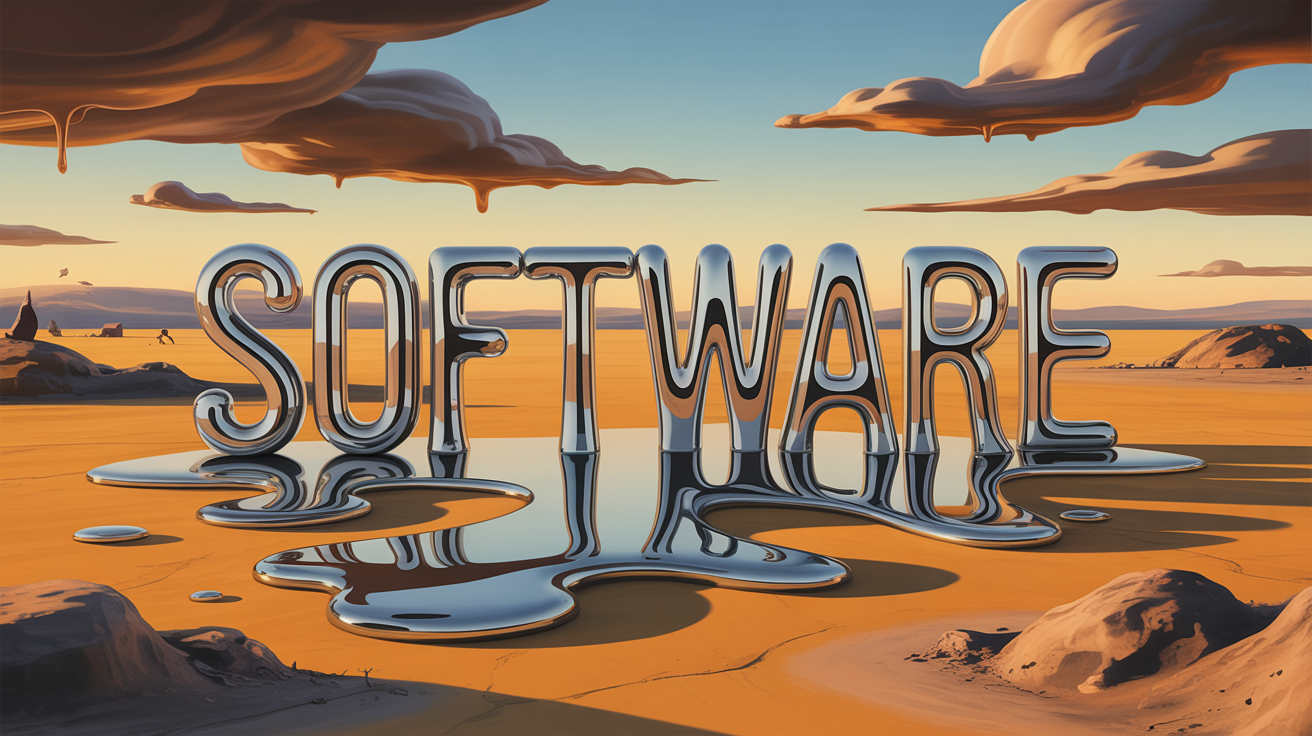Why Software will Vanish
Melting away in the heat of AI
The End of Business Software
Already in the year 2000, Salesforce CEO Mark Benioff declared the end of Software. It wasn’t really the end of software per se, but an important change in how software will be delivered in the future. Software as a Service (SaaS) was the new name of the game. But SaaS was still SOFTWARE as a Service. In the end, Salesforce couldn’t live up to its promise. It was just a very cool marketing campaign.
Now, 25 years later, we see that Software will truly vanish. The attack doesn’t come from a business model but from massive technology inception called Agentic AI. It’s not about the Charbots, Co-Pilots, Prompts, and Agents. It is far deeper – it comes from NATIV-AI-Solutions unleashing a power that software can just not compete with. The implications are huge not only for software vendors or CPU manufacturers, but also for software developers. Nobody saw it coming.
AI bots, co-pilots and agents are the equivalent to very effective and convenient office tools, but have no strategic value. For strategic Enterprise AI, Native-AI is a prerequisit.
The biggest threat Software Developers saw was the ability of AI to write code better than they can. So Native AI is almost a relief to developers because function calls and interfaces to the weirdest devices are still coded, and more are coming. But the CORE BUSINESS SOFTWARE will vanish – faster than they think. What will be left are maintenance and update jobs. We estimate, already in 2028 not a single business software will be created. It will all be Native-AI-Solutions.
Native-AI-Solutions are real and now.
And this is not a visionary outlook. This is here and now – it started already two years ago. We realized that coding Enterprise AI Solutions like anybody else, would be a trap. It would continue to lock us in a world of stiff processes, linear code, step-by-step thinking, and leveraging AI only for specific tasks. The decision to go full speed on intelligence over Code was a huge risk. The risk was not so much wasting resources and money, but running behind the fastest industry ever created if we had to go back. Yet the advantages and the opportunity to rethink and accelerate Information Technology for the better were too tempting.
AI Solutions, software could never be built
In 2023, we built a neuroscience-inspired and AI-driven Innovation Development Solution that was as good as any normal innovation team – just faster, much faster – 8 hours instead of 6 months. We realized that this 128 prompt monster could never be developed with conventional software. We crafted a platform to run it where he coding part was limited to drive function calls, and the vast majority of the process was prompts. Moreover, by the end of the year, we noticed that our thinking had changed. We no longer needed to think about the functionality of a single button, where and how we need to store data from individual users, and whether or what kind of plausibility checks we had to apply to ensure that the data is good. We no longer thought of forms and date association, models, and structures. All this was done by AI.
The need to rethink the work with AI
BUT – and this is a big and bold but – we had to force ourselves to be super precise in what we wanted. Moreover, we needed to be very detailed about the circumstances and environment of a given Innovation Objective, and be very clear about the expected outcome. We got used to crafting questions, responses, answers, or instructions, as it would be the last opportunity to do that in life. WHY? Because otherwise the system gets creative and does what most call hallucinating.
We learned to think and articulate with an LLM mind.
While it was interesting, often also fun, it helped us realize that nothing of what we do was possible with conventional Software. In Feb 2024, we introduced the solution to the public, and with it our Development System GPTBlue. At the end of 2024, we built a compliance management tool for internal use for the EU AI Act. It was completed in 8 hours. To make it a sellable product, it took a week. In early 2025, we built a second Version of BlueCallom DISRUPT for simulating an entire Innovation Process from idea discovery to go-to-market plan, which also took 1 week. Then we build a Banking solution to assess their Cost/Income Ratio and develop solutions to reduce internal friction, needless activities, and cost. We built it in one month. Then, we designed an enterprise-grade Business Transformation Solution from scratch, it also took one month. Not only were we excited about how we think, but we also experienced that the power of putting the Intelligence over the code made a huge difference in time to market. Moreover, as we grew, we noticed that we built products that were impossible to build with conventional software.
What’s next
We expect a clash between large conventional software solutions and Native AI. And here again, our own experience. We have a standard SaaS CRM system and wanted to add an all-new LEAD GENERATOR. Generating leads with Agentic-AI. Done as said, we decided to make it send out introductory emails autonomously and respond to returning emails instantly – giving the salespeople time to respond adequately. Now, since we had that workflow, we added meeting arrangements online or offline, intelligent suggestions on how to proceed best, and so forth. And eventually, we ended up sending the proposal. It was clear that going the last step to receive, assess, and respond to an order was a piece of cake. The only thing I wanted to have was to let the AI write the sales reports instead of the salespeople wasting their time with administration, and the same for the sales forecast. The best about the forecast for me; I can get it on Sunday evening if needed in real time and plausible.
The beginning of the Native AI Design
Most of us didn’t notice, but quickly the question was: do we still need the CRM system? We never wanted to compete with conventional software; instead, we decided to work on solutions that are impossible for conventional software. And now we realize we do not compete – we render it unnecessary.
Native AI is not competing with conventional software – it renders it unnecessary
The time horizon is unclear – we have seen too many promises. But we can clearly see that conventional software will still have its place as a supporter for the technical last mile. Despite our own future building LAMs (Large Action Models) for our platform and getting ever closer to other hardware, there will always be a device and an interface that needs code – most likely written by an AI. But that last island will most likely not vanish any time soon.



